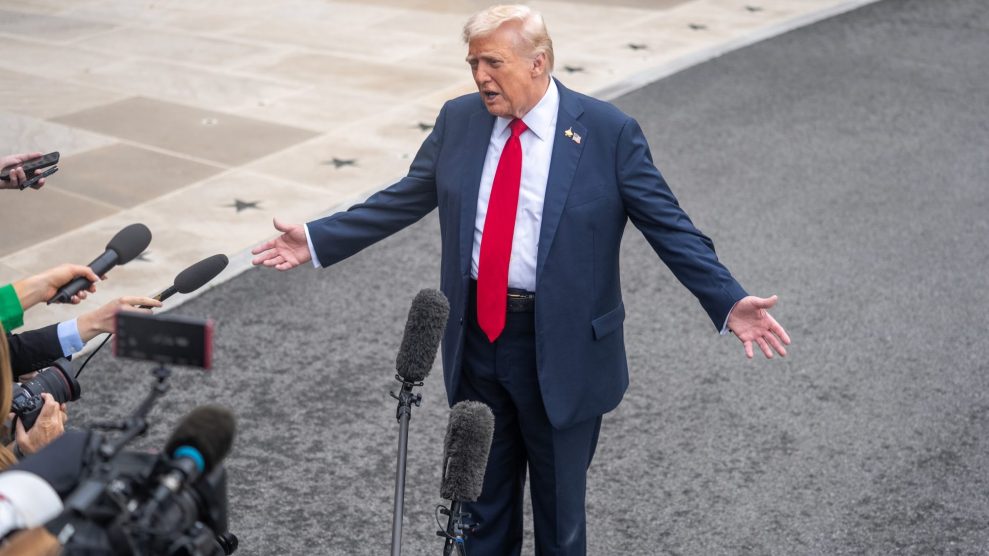Over at WomenTK.com, Ruth Davis Konigsberg, who’s also an editor at Glamour, has analyzed a year’s worth of bylines at general interest magazines—namely Harper’s, The Atlantic, The New Yorker, the New York Times Magazine, and Vanity Fair—and found that overall the ratio of male writers to female is 3 to 1. (TK, by the way, is reporter/editor shorthand for “to come,” as in haven’t yet nailed this fact/gotten this quote.)
The breakdown is as follows:
The Atlantic: 3.6 to 1
Harper’s: 7 to 1
The New Yorker: 4 to 1
New York Times Magazine: 2 to 1
Vanity Fair: 2.7 to 1
As Ruth notes (and I’ve noted before here and here):
The numbers speak volumes, but they’re not the whole story. As a former editor at The New Yorker wrote me in an e-mail, “in addition to counting bylines, you should look at what women are allowed to write about. I’ve been struck by a pattern, at The Atlantic in particular, where women only seem to write about marriage, motherhood and nannies, obsessively so. If you count the number of women’s bylines there that weren’t about hearth and home, the number would approach zero.” And a current student at the Columbia Graduate School of Journalism also noted, “At The New Yorker, it seems as though many of the female bylines aren’t for hard-news-type stories. Women write about dance, or they write the short story, or a poem, or a profile of a fashion designer, or something. But the ‘heavy’ stories are left to the guys.”
At a panel I was recently at with editors of all these magazines, the EIC of the NYT Mag, Gerry Marzorati, rightly noted that part of the issue is that the punditocracy is dominated by men, in part because (warning: gross generalizations apply) they are more likely to believe that the world is just waiting to hear what they have to say.
But another part of it is, as Ruth quotes, Ursula K. Le Guin’s observation that “there is solid evidence for the fact that when women speak more than 30 percent of the time, men perceive them as dominating the conversation.”

















